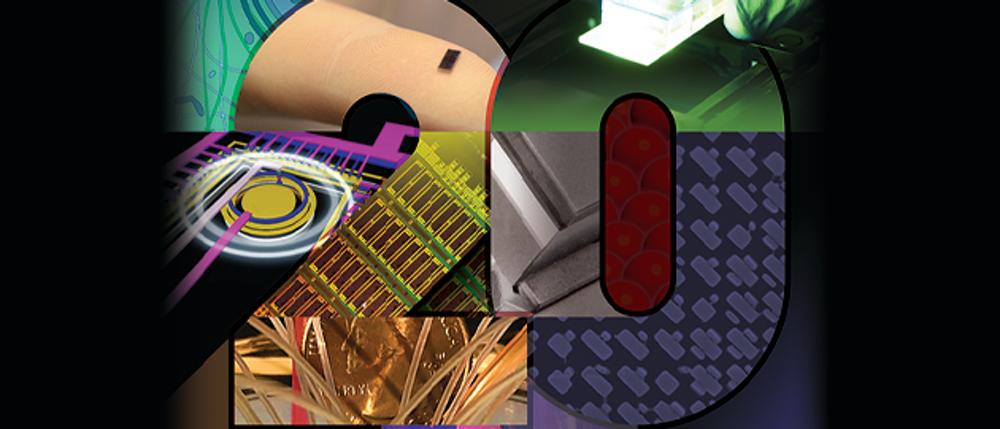In 2019, the wide-ranging advances in photonics include precision fabrication and measurement, biosensing and imaging, and the use of AI.
Author: John Wallace | Dec 17th, 2019
When human beings approach a physics, engineering, or other technical problem, they have traditionally been happiest when they could develop an analytic solution (in the form of mathematical equations), as the ability to understand and predict via mathematics is an indication of how well both the problem and solution are understood. Einstein’s theory of general relativity is just one successful example of this approach. Of course, many problems are either only partially or not at all soluble in this way, and thus fitting curves to experimental data and other empirical approaches are essential. But, overall, the effort is to develop a human understanding of the problem at a deep level.
An utterly different problem-solving approach that has been brewing in labs for years is now making its way to the commercial world: artificial intelligence (AI), which includes the subsets of machine learning and deep learning. In AI, subtle systemic data patterns and correlations that are not understood or even grasped by humans are detected by computer algorithms and linked to desirable or undesirable outputs. By relying on the computer to control the system based on these subtle patterns, humans can get their desired results.
Sounds good, right? The only drawback—and some may not consider it much of a drawback—is that, at some levels, those humans running the show now don’t have a clue what’s going on. But AI is showing so much promise that, in increasingly complex form, it is being integrated into technical and consumer arenas. Laser Focus World headlines from 2019, including the following, illustrate this: “AI to predict rogue waves in fiber-optics nonlinear instabilities“; “FLIR invests in CVEDIA to expand AI expertise for autonomous sensing“; “AI-propelled facial recognition still has technology and legal challenges“; “Deep learning brings a new dimension to machine vision“; and “NVIDIA to acquire Mellanox to advance AI and datacenter computing solutions.”
Of the 20 top Laser Focus World articles selected for this year’s Tech Review, only a couple are directly related to AI. However, optics and photonics specialists in academia, industry, and government will be both using and finding new uses for AI in the following years, greatly expanding their ability to obtain practical results from large and arcane sets of data.
The leading edge
1. and 2. Silicon photonics is under intense development to make it more practical, in particular for communications, but for other uses as well. Achievements this past year have been many, including a milestone for manufacturability, in which researchers led by a group at the Massachusetts Institute of Technology (MIT; Cambridge, MA) developed a technique for assembling on-chip photonics and electronics separately, thus enabling the use of more modern CMOS manufacturing processes for the electronics (which previously had to be made with an older, optics-compatible process). (See “Silicon photonics fabrication now uses latest CMOS process,” June 2018 issue; http://bit.ly/2019TechRev1.) And an entirely silicon-based on-chip optical link, containing an avalanche-mode LED and single-photon avalanche diode, that can be made with standard CMOS technology and embedded in an electronic chip was created by a group at the University of Twente (Enschede, Netherlands). (See “On-chip optical link is created on electronic chip for the first time,” February 2019 issue; http://bit.ly/2019TechRev2.)
3. The use of AI in imaging is being advanced by Leica (Wetzlar, Germany), which launched its Thunder microscope imager series that uses so-called “computational clearing” to eliminate out-of-focus blur when using camera-based fluorescence microscopes. The company is also developing what it calls a Personal Automated Lab Assistant (PAULA) that can analyze imagery captured by continuous monitoring of a specimen and automate a response when there are changes. Leica recently sponsored a competition to sort images of vertebrate-cell proteins using AI into different classes based on their organelles. (See “AI opens a new era in scientific imaging,” September 2019 issue; http://bit.ly/2019TechRev3.)
To read full article, click here.


